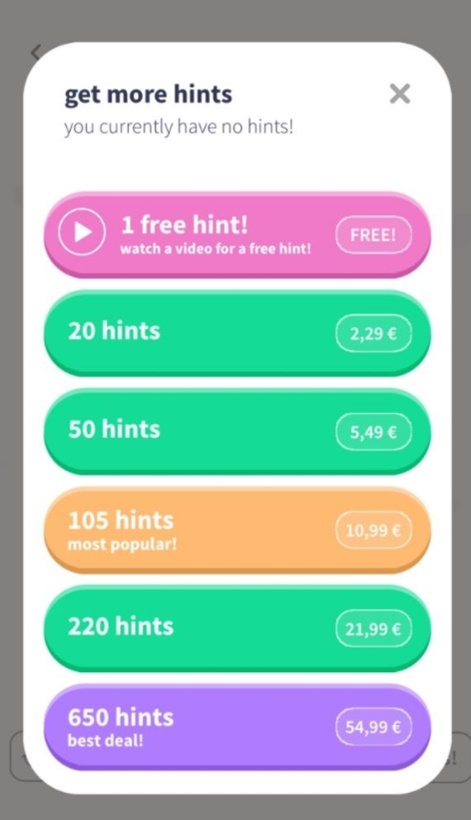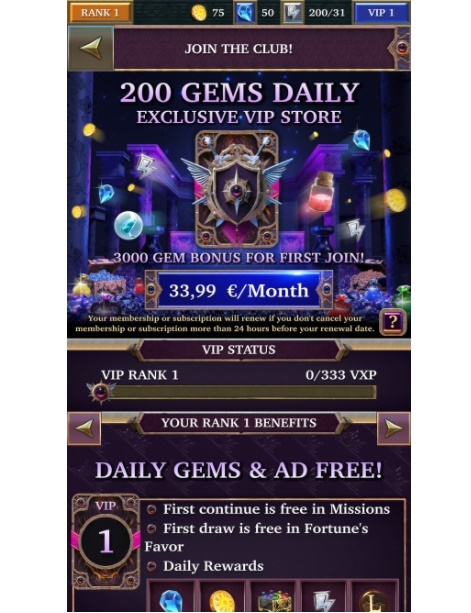By Johannes Heinze, MD International at AppLovin.
Within your app, a point of perfect balance exists. It occurs where the user’s delighted engagement with what’s going on intersects with an optimally timed and placed invitation to action during a psychological flow state.
It is at this juncture that harmony between experience and monetisation is struck, users are most satisfied, and revenue rolls in.
It’s developer zen and it is inside your app. Finding this balance, however, can be a bit of a bugger.
The treasure map for finding the balance between user experience and monetisation comes with a key that features elements well-understood by game developers: ads fine-tuned for ideal placement, frequency, and a deep understanding of the competitive landscape.
What follows is practical, actionable advice for striking the balance between experience and ad monetisation in your game, with specific reference to different app categories, native design techniques, and emotive triggers proven to propel app users to action.
Understand your player’s perspective
The first question you need to ask yourself to find the ideal balance between experience and monetisation is what exactly are your users willing to pay for?
If your mobile game is free to download and play initially, ease-of-use will likely be a key factor. In this case, an ad-supported strategy will work, provided the ads are surfaced at key moments in the gaming loop. It all comes down to whether you think your players will pay with cash via IAPs or with time via ads.
For example, if I’m a player having trouble moving beyond a particular map or puzzle level, you’ll want to use that information to offer me a reasonably priced feature upgrade that will allow me to advance before my frustration causes me to exit or abandon your game altogether.
A perfect example of this is WordBubbles!, which lets players buy hints that help them move forward.

Alternatively, games that don’t offer in-app purchases can utilise rewarded video to give players a hand. Instead of requiring users to purchase hints, you could give them an option to watch a video ad in exchange for hints.
This gives players an incentive to support your game via ads instead of putting down real world money.
Ways to monetise your app
There are other ad types to help you monetise your app which include banner, interstitial, and skippable ads.
Taking the user’s perspective, banner and interstitial ads may not offer the best user experience as they often take players out of the game with creative assets that don’t fit or are jarring.
Skippable videos offer a great way to monetise but need to be presented at the appropriate time and place in the game loop. You could, for example, include a skippable video at the end of the game loop like when a player fails to complete a level. But if you are too aggressive with skippable video, you’ll see your users drop off.
The subscription model is the dominant monetisation model for utility and entertainment apps, but we’re already beginning to see mobile game developers experiment with subscriptions.
For example, Legendary - Game of Heroes offers a subscription for €34 per month which gets players an ad-free experience, 200 gems and other items delivered daily, access to a VIP store and more.

In the above cases, there are steps you should follow to ensure that everything that influences the user’s satisfactory experience is fine-tuned based on observable behavioural data such as openings, session length, and dropout points.
Whom to incentivise and how?
A general rule of thumb for IAP-based models is to offer the greatest rewards and best deals to only your most ardent users. In other words, don’t offer ads to everyone who only recently installed or has barely played your app - they probably won’t take you up on it anyway.
Likewise, you shouldn’t pester premium players with too many ads when they have already demonstrated they are happy to buy IAPs or pay to unlock new features, because they’ll just get irritated by the interruption.
The key, then, is to personalise the monetisation experience to each cohort’s (and ideally, each user’s) frequency and style of play. This is the holy grail of app monetisation and is the key to app monetisation zen.
You can also incorporate gacha, or randomly generated rewards, into your game to encourage players to revisit the game frequently.
The most important consideration when including a gacha in your game is to make sure the items won offer real value within the game economy, otherwise there’s no point for players to bother trying to win prizes, lessening the incentive to return to the game. You should also take into account the rarity of the items.
For more on gacha, check out PocketGamer.biz’s guide for getting gacha right but also beware the controversy surrounding this game mechanic.
A few best practices to help you balance user experience and monetisation
While there’s no one-size-fits-all formula for striking the perfect balance of user experience and ad monetisation, there are some basic best practices you should follow. Here are a few guidelines for maximising experience throughout each user’s emotional state:
- Users want control: Don’t bug committed gamers with too many ads and don’t waste engagement time and money trying to upsell a casual gamer on a premium upgrade or IAP.
- Moving visuals beat static images every time: One of the things that makes your game attractive is the way characters and in-game environments move about the screen - don’t revert to stationary visuals when you monetise. Try using an in-game character pointing and smiling or otherwise drawing attention to an ad or CTA. In other words, connect the experience.
- Engage the ears as well as the eyes: Your game has a soundtrack, whether it be music, sound effects, or audible notifications that your user subconsciously associates with the game experience. New, jarring sounds or total silence will seem foreign and disjointed by comparison.
- If you love your users, set them free: freedom of choice is very engaging for users. Being forced into actions or being punished for failing to complete an action in a prescribed way is not. As Alexander Shaporda of Django Stars wrote: “Do not force users to execute your will, make them think they are playing in their own sandbox, not yours." Gacha is a great way to offer a user-controlled game mechanic.
Finally, don’t guess at the experiences your users feel best about. Study your users’ in-app behavioural data and create experiences that trigger the response you want - great stuff on experience and emotional triggers here.
Developer zen is attainable if you make these practices for finding the balance between ad monetisation and experience your mantra.






















